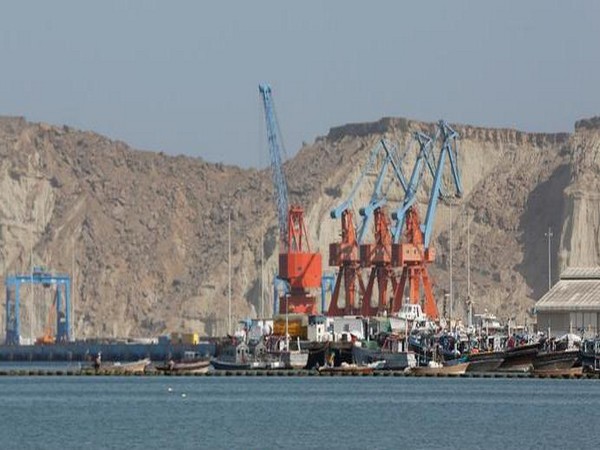Growth in East Asia and Pacific to accelerate in 2023 as China’s economy reopens
Most Pacific Island countries are forecast to grow faster in 2023, but Fiji’s exceptionally strong economic pace in 2022 is likely to moderate.

Growth in developing East Asia and the Pacific is forecast to accelerate in 2023 as China’s economy reopens, while the pace of growth in most of the economies in the rest of the region is anticipated to ease after a strong rebound last year, a World Bank report said on Thursday.
Economic performance across the region, while robust, could be held back this year by slowing global growth, elevated commodity prices, and tightening financial conditions in response to persistent inflation, according to the World Bank’s East Asia and Pacific April 2023 Economic Update.
Growth in developing East Asia and the Pacific is forecast to accelerate to 5.1% in 2023 from 3.5% in 2022, as China’s reopening helps the economy rebound to a 5.1% pace from 3% last year. Growth in the region outside China is anticipated to moderate to 4.9% from the robust post-COVID-19 rebound of 5.8% in 2022, as inflation and elevated household debt in some countries weigh on consumption.
“Most major economies of East Asia and the Pacific have come through the difficulties of the pandemic but must now navigate a changed global landscape,” said World Bank East Asia and Pacific Vice President Manuela V. Ferro. “To regain momentum, there is work left to do to boost innovation, productivity, and to set the foundations for a greener recovery.”
Among the larger economies of the region, most, including Indonesia, the Philippines, and Vietnam, are anticipated to grow more modestly in 2023 than in 2022. Most Pacific Island countries are forecast to grow faster in 2023, but Fiji’s exceptionally strong economic pace in 2022 is likely to moderate.
Most countries in the EAP region have seen two decades of higher and more stable growth than economies in other regions. The result has been a striking decline in poverty and, in the last decade, also a decline in inequality. However, the catch-up to the per capita income levels of advanced economies has stalled in recent years as productivity growth and the pace of structural reforms has slowed. Addressing the significant “reform gap,” especially in services, could magnify the impact of the digital revolution and boost productivity in sectors from retail and finance to education and health.
The economies of the region must also cope with three important challenges as policymakers act to sustain and accelerate economic growth in the aftermath of COVID-19. Rising tensions between major trading partners will affect trade, investment, and technology flows across the region. The rapid aging of the major economies of East and Southeast Asia heralds a new set of challenges and risks with implications for economic growth, fiscal balances, and health. Finally, the region is particularly exposed to climate risks, in part due to the high density of population and economic activity along its coasts.
“De-globalization, aging, and climate change are casting a shadow over the growth prospects of a region that has thrived through trade and is growing old fast,” said World Bank East Asia and Pacific Chief Economist Aaditya Mattoo. “However, promoting trade, addressing population dynamics, and enhancing climate resilience could strengthen growth.”
- READ MORE ON:
- China
- World Bank
- Manuela V. Ferro
- economy
- COVID-19
ALSO READ
World Bank projects Indian economy to grow at 7.5% in 2024
Indonesia's Prabowo pledges cooperation with Japan after promising China closer ties
US senator urges Biden to review alleged Nippon Steel ties to China
World Bank projects India's growth to reach 7.6% in FY 23-24
With tears, a crowd of South Koreans bids farewell to beloved panda before her departure to China










